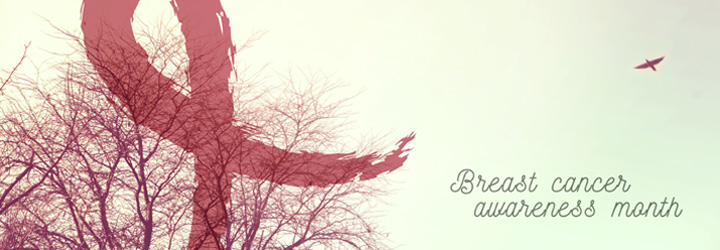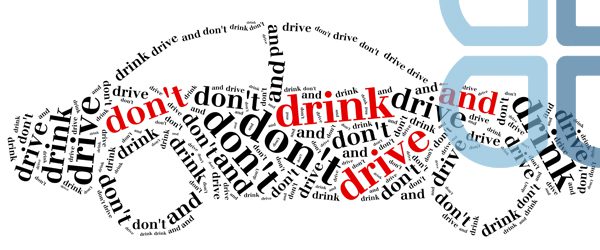

October is Breast Cancer Awareness and it is important to educate yourself on the topic. In the United States, breast cancer is the second most common cancer among women and the second leading cause of cancer death among women of all races and ethnicities. Yet many people are still unaware of their risk — and of which factors or lifestyle choices are most significant. Here are 10 key facts about breast cancer that every woman — and man — should know.
1. Improving Breast Cancer Statistics
About 230,000 new cases of invasive breast cancer will be diagnosed among U.S. women this year, with approximately 39,000 dying from the disease. But a more positive number is this: There are also currently more than 2.5 million breast cancer survivors in the United States. “Earlier diagnosis and better treatments have improved survival of people diagnosed with breast cancer,” says Kristi Funk, MD, breast cancer surgeon and founder of the Pink Lotus Breast Center in Los Angeles. In fact, death rates from breast cancer have been declining since about 1990, according to breast cancer statistics from the American Cancer Society, with women younger than 50 years of age showing the largest improvement.
2. Breast Cancer and Genetics
According to the American Cancer Society, breast cancer risk is approximately doubled among women who have one first-degree relative (mother, sister, or daughter) with the disease. However, more than 85 percent of women with breast cancer have no family history. “Many women over 40 who do not have a family history think it is okay to skip breast exams and mammograms, which alarms me, because most women who get breast cancer do not have a close relative with the disease,” says Dr. Funk.
3. Men and Breast Cancer
Approximately 2,100 new cases of invasive breast cancer will be diagnosed in men this year, with about 450 men dying from the disease. The American Cancer Society estimates that a man’s lifetime risk of developing breast cancer is about 1 in 1,000. “While this number does remain small, men can develop breast cancer,” says Funk. “In addition, due to the fact that men rarely consider breast cancer a possibility, they typically delay seeking attention and get diagnosed at a later stage of disease.”
4. Benign Breast Lumps
Feeling a lump in your breast can be a terrifying experience, but according to the National Breast Cancer Foundation, 8 out of 10 breast lumps are benign — meaning not cancerous. Most breast lumps are cysts (fluid-filled sacs within your breast), benign tumors such as fibroadenomas, mastitis (breast inflammation), blood clots from trauma, scar tissue, or simply nodules of dense breast tissue, which are not typically linked to cancer, Funk explains.
5. Breast Cancer Risk and Age
Breast cancer can develop at any age, but risk does increase as you get older. Statistics from the American Cancer Society show that breast cancer risk can be stratified by decade in life. For women at 20 years of age, the risk is 1 in 1,760. At 30, it’s 1 in 229, increasing to 1 in 69 at 40, 1 in 42 at 50, 1 in 29 at 60, and 1 in 27 at 70. The overall lifetime risk for developing breast cancer is 1 in 8.
6. Breast Pain and Breast Cancer
Pain is the body’s early alert system, letting you know when medical attention may be required. However, breast pain is not a common breast cancer symptom. It is more likely to be associated with certain non-cancerous conditions. Says Funk, “Pain is more typically related to hormonal changes or is cyclical depending on your menstrual cycle.”
7. Alcohol and Breast Cancer Risk
Women who consume one alcoholic drink a day have a very small increased risk of breast cancer compared with women who don’t drink at all. Women who drink two to five glasses of alcohol daily have approximately 1.5 times the risk. However, Funk says that moderate alcohol consumption has been associated with better heart health. Work with your doctor to find the right balance to help prevent heart issues without increasing your breast cancer risk.
8. Dense Breasts and Breast Cancer Screening
“Breast cancer typically occurs in the dense part of the breast, not the fatty tissue,” Funk says. “Therefore, women with dense breasts have more tissue that puts them at a higher risk of breast cancer.” Dense breast tissue can also make it harder to spot cancer on mammograms. Funk recommends that women with dense breasts also undergo ultrasound or breast magnetic resonance imaging (MRI).
9. The Link Between Breast Cancer and Colon and Prostate Cancers
Approximately 5 to 10 percent of breast cancer cases appear to be hereditary. The most common cause is an inherited mutation in the BRCA1 and BRCA2 genes. It is thought that these genetic mutations play a role in other types of cancers, too, including colon and prostate. That means that having a father or brother with BRCA1 or BRCA2 mutations may put a woman at risk for breast cancer. However, “data on colon and prostate cancerincreasing the risk of breast cancer has been inconsistent,” Funk says. “I suggest that women who have a strong family history of any type of cancer should seek genetic counseling and understand their risk, especially if there is breast and ovarian canceraccompanying colon or prostate cancer in the family, or if there is breast cancer under 50 years of age or ovarian cancer at any age.”
10. Breast Cancer: Fear vs. Reality
Research has shown that women are more afraid of breast cancer than of any other illness — despite the fact that heart disease is actually the No. 1 killer of women in the United States. It kills more women over 65 years of age than all other cancers combined. In fact, you’re four to six times more likely to die of heart disease than of breast cancer. The takeaway? Be alert to various cancer risks, but live a heart-healthy lifestyle to best protect yourself.


